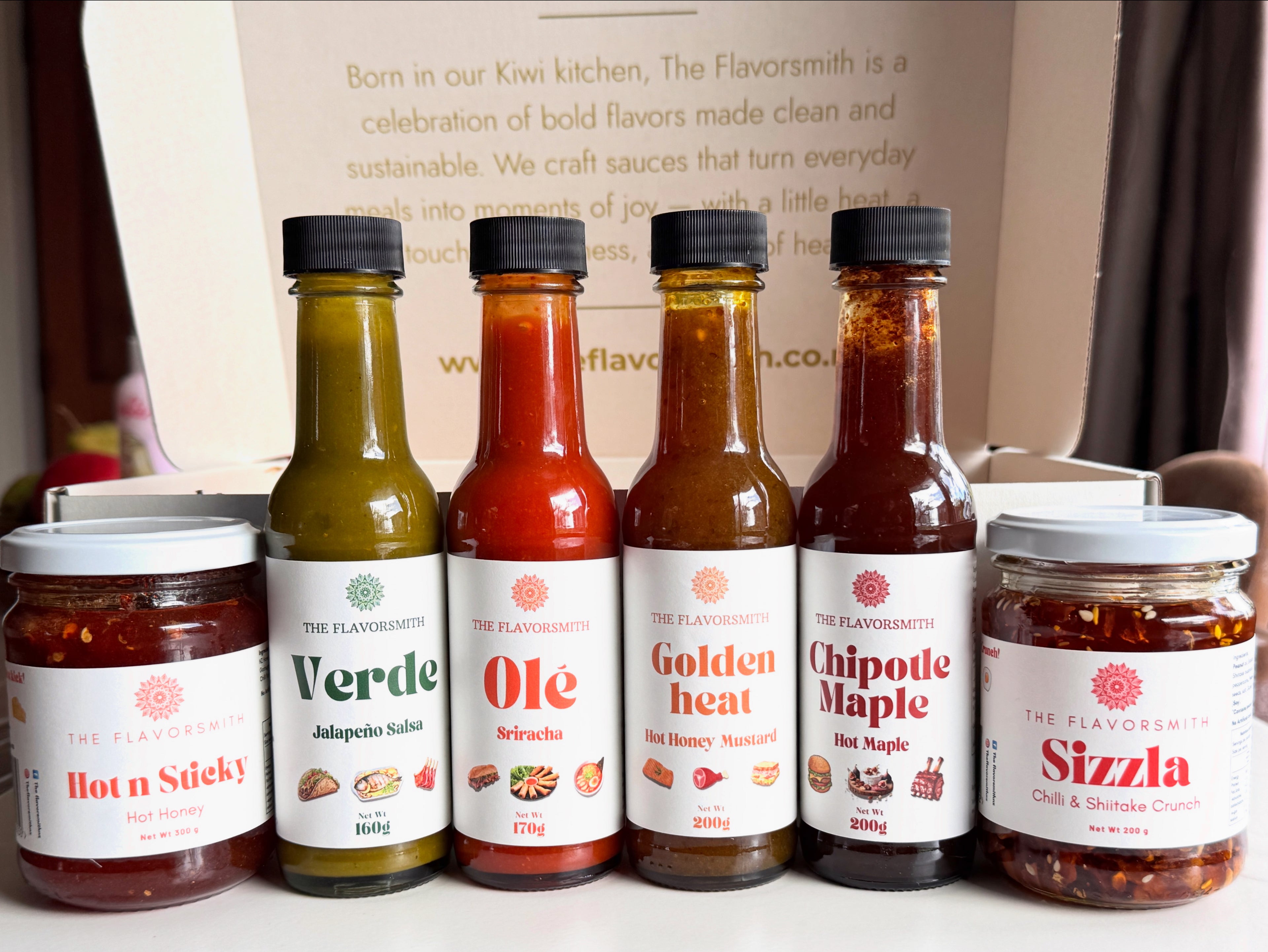Clean eating isn’t just a trend—it’s a lifestyle that emphasizes whole, unprocessed foods. Whether you’re new to clean eating or looking to fine-tune your grocery shopping, understanding food labels is essential. This blog post will guide you through the process of reading food labels effectively so you can make healthier, more informed choices.
What Is Clean Eating?
Clean eating focuses on consuming foods that are as close to their natural state as possible. This means opting for whole foods, avoiding artificial additives, and minimizing processed ingredients. A clean eating diet typically includes fruits, vegetables, whole grains, lean proteins, and healthy fats, with an emphasis on natural, unrefined ingredients.
Why Reading Food Labels Matters
Food labels provide a wealth of information about what you’re putting into your body. They can help you:
- Identify added sugars and unhealthy fats that are often hidden in processed foods.
- Spot artificial additives, preservatives, and colors.
- Understand serving sizes, so you can monitor your portion intake.
- Compare products to choose the best option for your clean eating goals.
By learning how to read these labels, you’re empowered to make decisions that align with your health and wellness goals.
Step-by-Step Guide to Reading Food Labels
1. Start with the Ingredients List
- Order Matters: Ingredients are listed in order of quantity. The first few ingredients make up the bulk of the product, so look for whole foods like fruits, vegetables, whole grains, or lean proteins.
- Avoid Unpronounceable Ingredients: If you can’t pronounce an ingredient, it might be best to skip that product. Chemical names or lengthy lists can be red flags.
- Identify Added Sugars: Terms like “sugar,” “corn syrup,” “dextrose,” and “fructose” indicate added sugars. Opt for products with minimal or no added sugars.
2. Check the Nutrition Facts Panel
-
Serving Size: Begin by noting the serving size. All the nutrition information on the label is based on this quantity. Make sure the serving size aligns with how much you typically eat.
-
Calories: Pay attention to the calorie count per serving to manage your daily intake.
-
Macronutrients:
-
Total Fat: Look for sources of healthy fats (like those from nuts, seeds, or avocados) and avoid high levels of saturated and trans fats.
-
Carbohydrates: Examine total carbs, dietary fiber, and sugars. Higher fiber and lower added sugars are ideal.
-
Protein: Check the protein content, which is crucial for satiety and muscle repair.
-
-
Micronutrients: Vitamins and minerals, such as vitamin D, calcium, iron, and potassium, indicate nutritional density. Products with higher percentages of these are beneficial.
3. Understand the Serving Suggestions and % Daily Value (%DV)
-
% Daily Value: This helps you understand how much a nutrient in a serving of food contributes to a daily diet based on a 2,000-calorie intake.
-
5% DV or less is considered low, while 20% DV or more is high.
-
-
Use %DV as a Guide: If a food item has a high %DV for nutrients you’re trying to avoid (like sodium or added sugars), consider choosing a different option.
Red Flags on Food Labels
When aiming for clean eating, be wary of products with the following:
-
High Fructose Corn Syrup & Other Sugars: Multiple forms of sugar can indicate an overly processed product.
-
Artificial Additives: Look out for preservatives, artificial colors, and flavors that may be linked to negative health effects.
-
Excess Sodium: High sodium levels are often a sign of processed foods that have been altered for taste and shelf-life.
-
Hydrogenated Oils: Trans fats can contribute to heart disease and are often found in highly processed items.
Tips for Making the Transition to Clean Eating
Plan Ahead
-
Grocery List: Stick to a list of whole foods and natural products.
-
Meal Prep: Prepare meals at home where you control the ingredients, ensuring that you avoid hidden additives.
Educate Yourself
-
Stay Informed: Follow reputable sources on nutrition and clean eating. Books, blogs, and even online courses can help you stay updated on what to look for.
-
Practice Makes Perfect: The more you read labels, the more comfortable you’ll become with identifying clean, healthy options.
Trust Your Instincts
-
Simplicity is Key: Foods with shorter, simpler ingredient lists are usually less processed. When in doubt, choose the option that has fewer additives and more natural ingredients.
-
Experiment: Try different brands and products to see which ones best fit your dietary needs and taste preferences.
Real-Life Applications
Consider a scenario where you’re shopping for breakfast cereal. By reading the label, you might notice that one cereal contains whole grain oats, nuts, and dried fruits, whereas another lists sugar, corn syrup, and artificial flavors as its primary ingredients. The first option, with a shorter ingredient list and recognizable items, aligns better with clean eating principles.
Or imagine picking a snack bar. Look for products that contain natural sweeteners like honey or maple syrup instead of refined sugars. Not only will these be better for your health, but they’ll also offer more complex flavors that satisfy your taste buds.
Conclusion
Mastering the art of reading food labels is a critical skill for anyone interested in clean eating. By taking the time to understand ingredient lists, nutrition facts, and % Daily Values, you can make informed decisions that support your health goals. Start small—each label you read is a step towards a healthier, more vibrant lifestyle.
Remember, clean eating is about progress, not perfection. Over time, your ability to decipher food labels will grow, making your journey toward better health both enjoyable and sustainable.
Are you ready to become a label-reading pro? Share your thoughts and questions in the comments below, and let’s build a community that thrives on healthy, informed eating!

